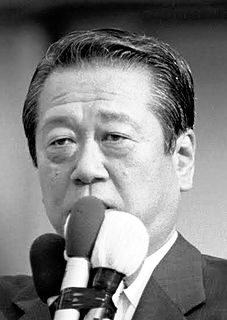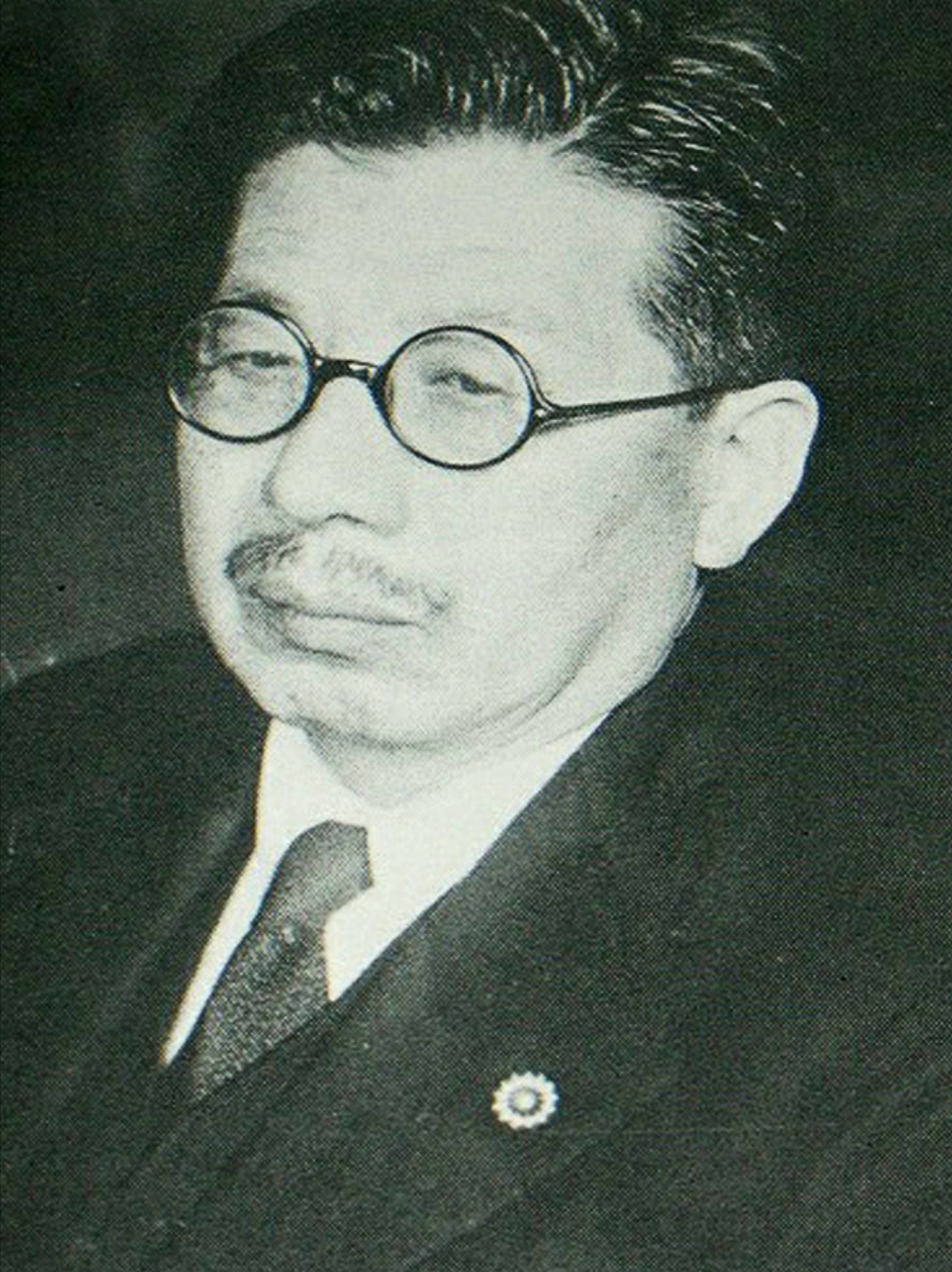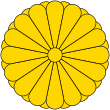
The politics of Japan are conducted in a framework of a multi-party bicameral parliamentary representative democratic constitutional monarchy whereby the Emperor is the ceremonial head of state and the Prime Minister is the head of government and the head of the Cabinet, which directs the executive branch.

The Social Democratic Party, also known as the Social Democratic Party of Japan and previously as the Japan Socialist Party, is a political party that at various times advocated the establishment of a socialist Japan until 1996. Since its reformation and name change in 1996, it has defined itself as a social-democratic party.

Elections to the House of Councillors, the upper house of the legislature of Japan, were held on July 11, 2004. The House of Councillors consists of 242 members who serve six-year terms. Approximately half the members are elected every three years. At these elections 121 members were elected. Of these 73 were elected from the 47 prefectural districts and 48 were elected from a nationwide list by proportional representation.
The Kōmeitō, also known as Clean Government Party (CGP), was a political party in Japan.
The Japanese political process has three types of elections: general elections to the House of Representatives held every four years, elections to the House of Councillors held every three years to choose one-half of its members, and local elections held every four years for offices in prefectures, cities, and villages. Elections are supervised by election committees at each administrative level under the general direction of the Central Election Administration Committee, an attached organization to the Ministry of Internal Affairs and Communications (MIC). The minimum voting age in Japan's non-compulsory electoral system was reduced from twenty to eighteen years in June 2016. Voters must satisfy a three-month residency requirement before being allowed to cast a ballot.

A general election in Japan was held on 11 September 2005 for all 480 seats of the House of Representatives of Japan, the lower house of the Diet of Japan, almost two years before the end of the term taken from the last election in 2003. Prime Minister Junichiro Koizumi called the election after bills to privatize Japan Post were voted down in the upper house, despite strong opposition within his own Liberal Democratic Party (Japan) (LDP).

The People's New Party was a Japanese political party formed on August 17, 2005 in the aftermath of the defeat of Prime Minister Junichiro Koizumi's Japan Post privatisation bills which led to a snap election. On March 21, 2013 party leader Shozaburo Jimi announced that he was disbanding the party.

Elections for the Japanese House of Councillors were held in Japan on 23 July 1989.

The 21st Elections to the House of Councillors for the upper house of the legislature of Japan were held on July 29, 2007. The date was originally to be July 22, but the ruling Liberal Democratic Party (LDP) decided in mid-June to extend the session of the House for a week to finish up legislative business; this step was criticised due to the short-term delay.

House of Councillors elections were held in Japan on July 8, 1956 electing half the seats in the House plus two vacant seats in the other half. The Liberal Democratic Party won the most seats, but failed to win a majority. It was the first national election under the 1955 System, approximately a two party system of Ichirō Hatoyama's Liberal Democratic Party (LDP) that was created in the "conservative merger" of 1955 and Suzuki Mosaburō's reunified Japan Socialist Party (JSP). The later dominant LDP failed to win a majority.

Elections for the Japanese House of Councillors were held in Japan on 29 July 2001. It was the first national election since Junichiro Koizumi was appointed as prime minister after Yoshiro Mori resigned in April 2001. The Liberal Democratic Party (LDP) and its election allies, were the major winner, provided Koizumi a strong mandates to move forward with his reform policies. The ruling coalition performed well, and regain their majority in the House of Councillors.

Satsuki Eda is the first opposition member to serve as the President of the House of Councillors in Japan. Eda had served for three terms in the House of Councillors before his election as President on 7 August 2007, after the success of the Democratic Party in the July 2007 election for the Japanese House of Councillors. He had earlier served four terms in the House of Representatives of Japan. Eda was also the head of the Science and Technology Agency.

Elections for the Japanese House of Councillors were held in Japan on July 12, 1998.

The 22nd Elections to the House of Councillors for the upper house of the legislature of Japan were held on July 11, 2010. In the last election in 2007, the Liberal Democratic Party (LDP) lost its majority to the Democratic Party (DPJ), which managed to gain the largest margin since its formation in 1996. The House of Councillors is elected by halves to six-year terms. The seats up for election in 2010 were last contested in the 2004 election.

House of Councillors elections were held in Japan on 20 April 1947. The Japan Socialist Party won more seats than any other party, although independents emerged as the largest group in the House. Most independents joined the Ryokufūkai parliamentary group in the first Diet session making it the largest group, and Ryokufūkai member Tsuneo Matsudaira was elected the first president of the House of Councillors.

The 23rd Elections to the House of Councillors for the upper house of the National Diet, the legislature of Japan, was held on July 21, 2013. In the last election in 2010, the Democratic Party of Japan (DPJ) remained the largest party, but the DPJ-led ruling coalition lost its majority. The House of Councillors is elected by halves to six year terms. In 2013, the class of Councillors elected in 2007 was up.
The Liberal Party is a political party in Japan. It has 2 out of the 475 seats in the House of Representatives, and 3 in the 242-member House of Councillors. Formed as the People's Life Party in December 2012, it changed its name to People's Life Party & Taro Yamamoto and Friends in December 2014. The party adopted its current name in October 2016 in preparation for an expected general election in early 2017.

The 24th regular election of members of the House of Councillors was held on Sunday 10 July 2016 to elect 121 of the 242 members of the House of Councillors, the upper house of the 717-member bicameral National Diet of Japan, for a term of six years. As a result of the election, the LDP/Komeito coalition gained ten seats for a total of 146, the largest coalition achieved since the size of the house was set at 242 seats.
The Democratic Party, abbreviated as DP, was a political party in Japan. It was the largest opposition political party in Japan from 2016 until its marginalization in the House of Representatives in 2017. The party was founded on 27 March 2016 from the merger of the Democratic Party of Japan and the Japan Innovation Party. The majority of the party split on 28 September 2017, before the 2017 general election, with many its members contesting the election as candidates for the Party of Hope, Constitutional Democratic Party of Japan or as party members without nomination. On 7 May 2018 the DP merged with the Party of Hope to form the Democratic Party for the People.




















